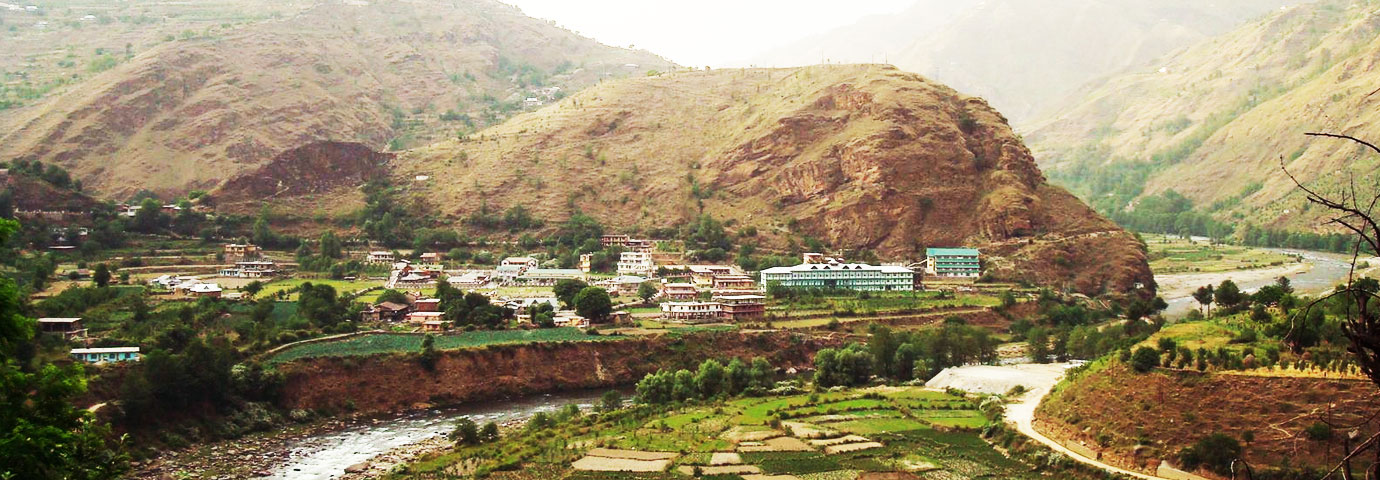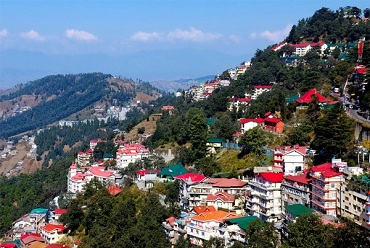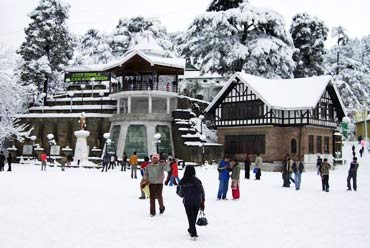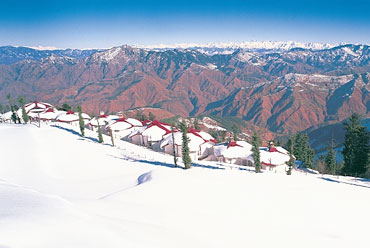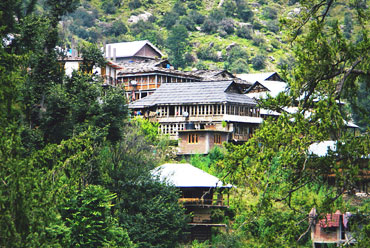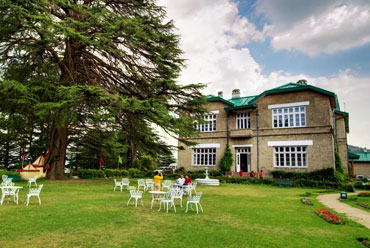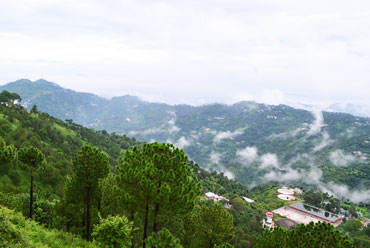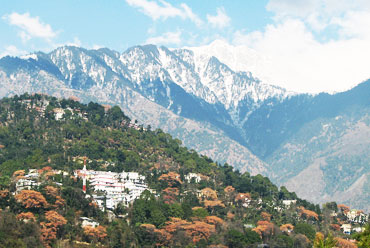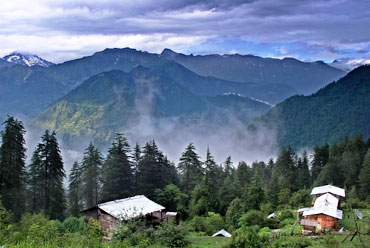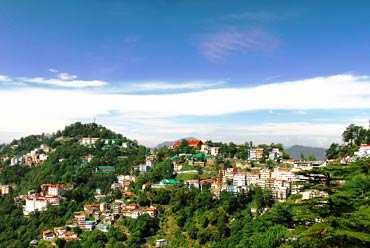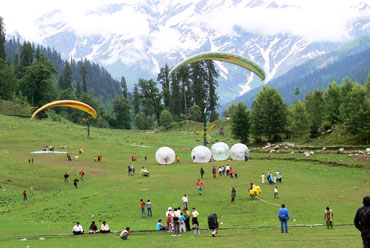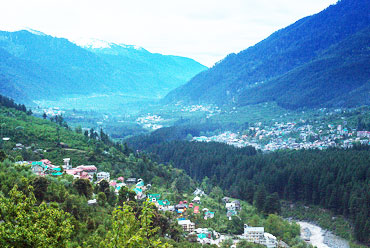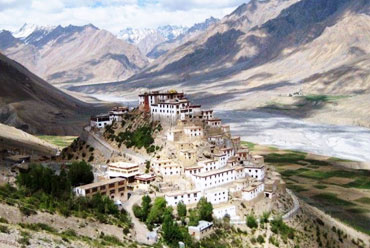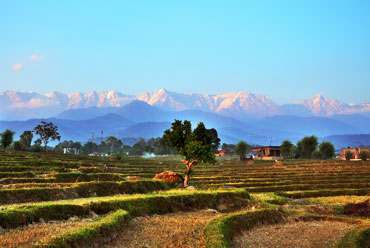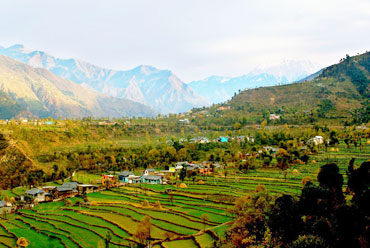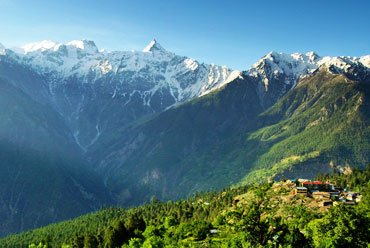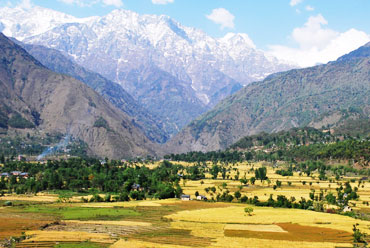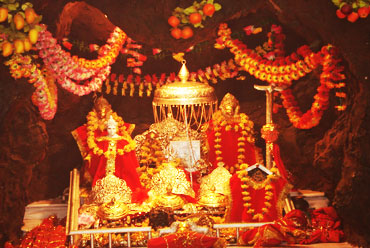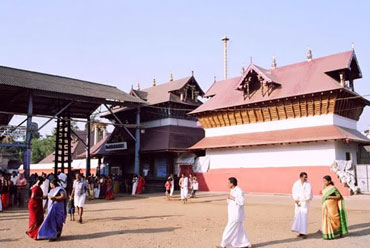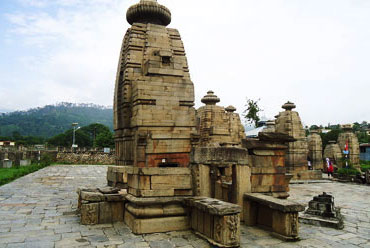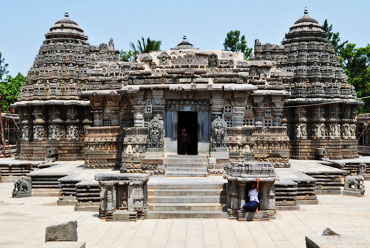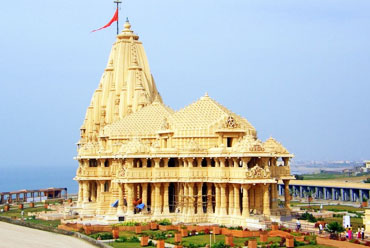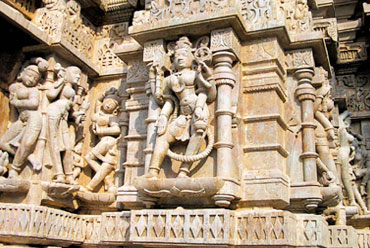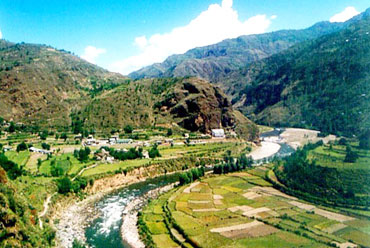Some 105 kilometers east of Shimla, in Jubbal Tehsil on the banks of the river Pabar, lays the mysterious valley of stone temples Hatkoti. Close by stands a small village by the name of Parhaat. At Hatkoti, two other small mountain streams Bishkulti and Raanvti join the Pabbar. The color of the Bishkulti (vish-khalti) water is somewhat grayish and the local belief says that the stream oozes out poison. With the convergence of the three water streams (sangam), according to the Hindu mythology makes Hatkoti a place fit to be a pilgrimage.Himachal itself, studded though it is with temples, has a very special reverence for Hatkoti, the abode of Goddess Mahishasurmardinian incarnation of Durga.
History
The temple complex consists of a main temple dedicated to Durga and a smaller temple dedicated to Shiva, the two standing side by side. There are some conical stone structures meant for storing grain, presumably built by the local people at a much later date. A dharamshala, a kirtan ghar and a rest house make up the complex.
On the basis of the architectural design and style of sculpture, it is believed that the Hatkoti temples belong to the Gupta period and must have been built between the sixth and ninth century AD. As is the case with most other temples in the hills, the Garbhagriha (sanctum sanctorum) is naturally dark. But the idol, exquisitely cast in bronze, emits a soft, ethereal glow. It depicts the goddess Mahishasurmardini (an aspect of Durga), also called Mata Hateshwari, eight-armed and riding a lion as she drives her spear through the heart of the demon Mahishasura. On either side of the image, there is an inscription in a variation of the Brahmini script that no one has been able to decipher so far.The Shiva temple nearby is very similar in architecture and design. Curiously, the shivling, within the temple is wider than the doorway.
Tourists Attractions
The Hatkoti temples have suffered at the hands of time. Further down the river Pabar, there used to be many more temples of this nature, with elaborately carved stonewalls and doors made of wood. But most of these temples have been reduced to rubble. At the heart of the Hatkoti valley stand the hills of Sunpuri, merging into each other, making it sacred for the localities to call it the Ardhnarishwar. Surmounting this hillock is a small temple with another finely chiseled image of Mahishasurmardini, made of stone. Small temples scattered nearby are said to have been built by the Pandavas and the local people call them 'Panzo Pandoora Ghaurdoo' (The toy houses of the five Pandavas). A charoo (large bronze vessel) stands battered with age on one side of the mandap of the Mahishasurmardini temple securely chained to an image of Ganesha positioned inside the temple.
Places Around Hatkoti
Khara Patther is an upcoming skiing hotspot, which falls en route to Hatkoti from Shimla. Besides, if one is in a pilgrimage mood can visit Giri Ganga, a few kilometers away from Khara Patther.
Fairs & Festivals
Twice a year, during the Chaitra Navratra (April) and the Asvin Navratra (October), the temple complex reverberates with the sounds of bells and cymbals and khartals. On both occasions a fair is held, attracting pilgrims from far and near. Those who worship Durga in the form of Shakti sacrifice a goat or sheep, those who worship her in the form of Vaishnavi, offer flowers and halwa. Himachali folks make offerings of parched rice and homegrown walnuts, as these are considered highly acceptable to the Devi. In the past, a buffalo (Mahish) was sacrificed, a practice which has been banned by the government now.
When the noise and bustle of the fairs has died down, the Hatkoti temples revert to a slumberous state, tended by a lone pujari and visited by the odd devotee. But weddings and other ceremonies are often held at the temple of Durga because the presence of the Devi on these occasions assures happiness and fulfilment.
How To Reach
One can either take the Shimla-Theog-Kotkhai-Khara Patthar-Hatkoti-Rohru motor road or the Dehradun to Hatkoti route, which passes through Chakrata, Deoban, Tiuni and Arakot. Hatkoti is at a distance of 105 km from Shimla, the capital of Himachal Pradesh.

